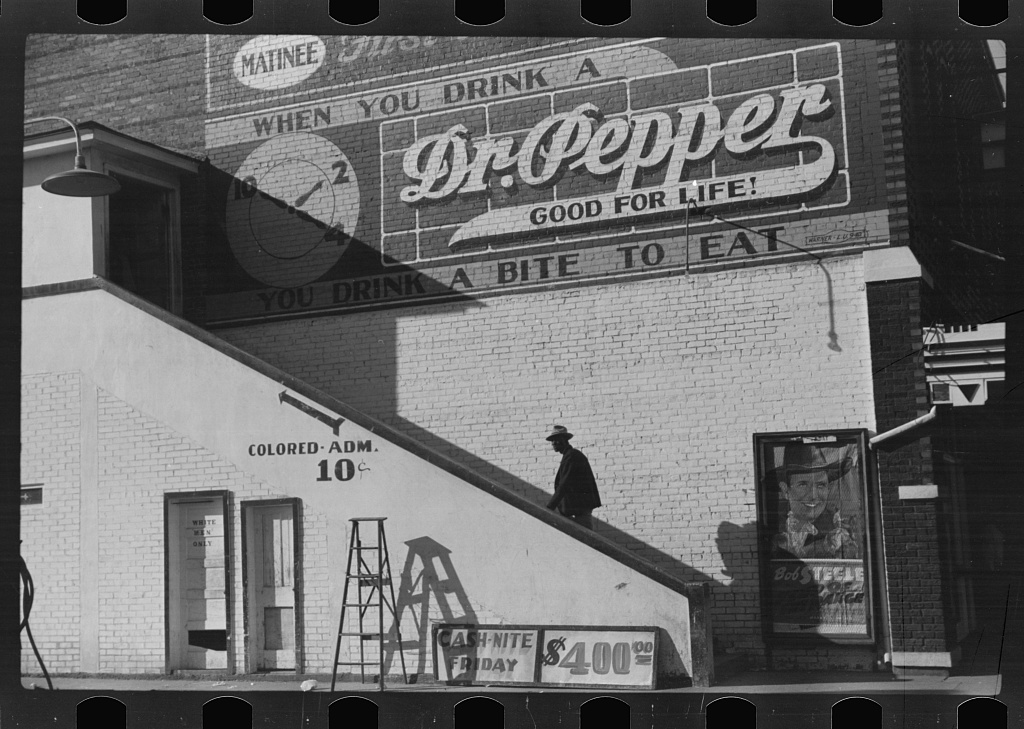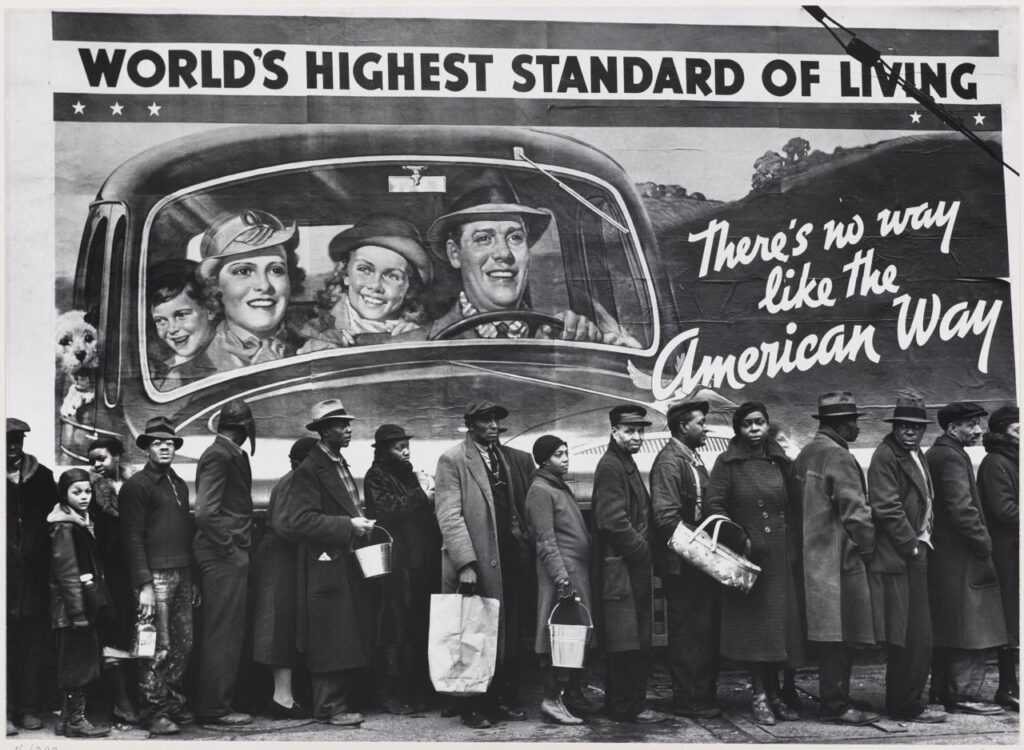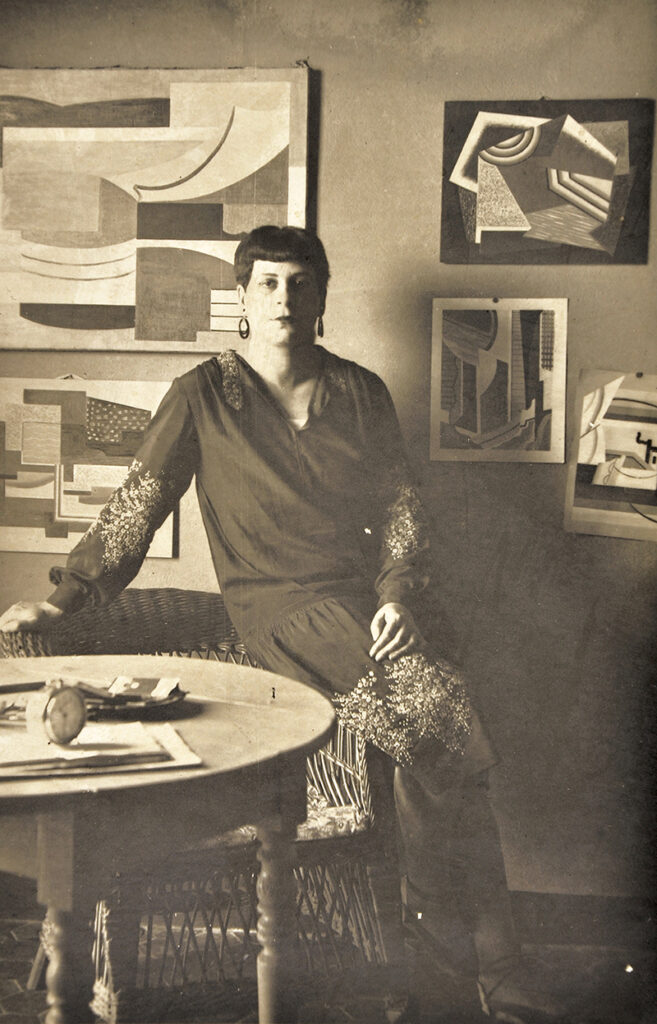5 Historical Heroines born in June
Here are five women in photography to celebrate this month…
Marion Post Wolcott born 7th June 1910
Marion was born in New Jersey and had moved to Vienna to study with her sister. After escaping Nazism and returning to the US in 1934, she worked as a photojournalist and documented the politics of the rural poverty and deprivation in the Deep South in over 9,000 photographs.
Marion’s style was candid and spontaneous, and she overcame harsh conditions, distrust, and misogyny to document a vision of the U.S. which was unknown to most Americans. Her favourite of her own photos was ‘*Negro Man Going Up the Stairs of the Movie Theatre’ as she felt it was the best expression of the raw intimacy and reality of her photography.
Julia Margaret Cameron born 11th June 1815
Julia Margaret Cameron is well known for her dramatic portraits and narrative photographs, which depict scenes from literature and religion. She drew inspiration from Raphael and Michelangelo, and later in life developed her a distinctive talent for close-up portraits.
In her short career of 12 years, Julia produced over 900 photographs. Her impact on photography has been great and her influence is apparent in Pictorialism, which remained popular into the early 20th century.
Margaret Bourke White born 14th June 1904
Margaret was born in New York in 1904, and after graduating in 1927 opened a studio in Cleveland. Her industrial photography earned her a 1930 feature in Fortune magazine, and she travelled to the USSR as the first foreign photographer to document Soviet industry.
In the autumn of 1936, she became one of the first staff photgraphers hired by LIFE magazine. Over the next several years and throughout World War II, she produced a number of photo essays on the turmoil In Europe. She was the only western photographer to witness the German invasion of Moscow in 1941.
During the next twelve years she photographed Gandhi’s fight for Indian independence, among other pivotal historical events. Her work has become a benchmark of contemporary photojournalism.
Jo Spence born 15th June 1934
Throughout her career, Jo Spence moved from capturing moments of domestic happiness in her commercial photography to being inspired by the countercultural movements of the 1970s and focusing on works that challenged capitalism and sexism.
Jo used photography to create new gender and class-conscious frameworks. Most importantly, she refused to succumb to stereotypes, as is well documented in, for example, her collaborations with Terry Dennett.
The last major thematic shift in her work came in 1982 after she was diagnosed with breast cancer. Jo explored themes of health, identity, and victimhood, and in doing so created a form of phototherapy.
Florence Henri born 28th June 1893
Florence Henri was a vistal artist at the frontier of Futurism. After both of her parents died, she settled in Italy, where she was introduced to the movement.
Florence mastered the photographic medium, using mirrors, negative space, contrasts, and industrial materials to create compositions with multiple perspectives. Her unique background gave her the inspiration and ability to incorporate principles from different traditions of the early 20th century, through which she represented a new style of photography.
*Hundred Heroines is mindful of photography’s problematic history with race: colonialism and photography were mutually intertwined in Europe’s industrial and imperial expansion. We recognise that many women photographers of the 19th/20th centuries were wealthy, privileged and white, and often played a role in perpetuating colonial stereotypes. We celebrate their achievements in overcoming the obstacle of gender and acknowledge the need to move forward in terms of representation. No community or culture should be exploited in favour of the image.
















